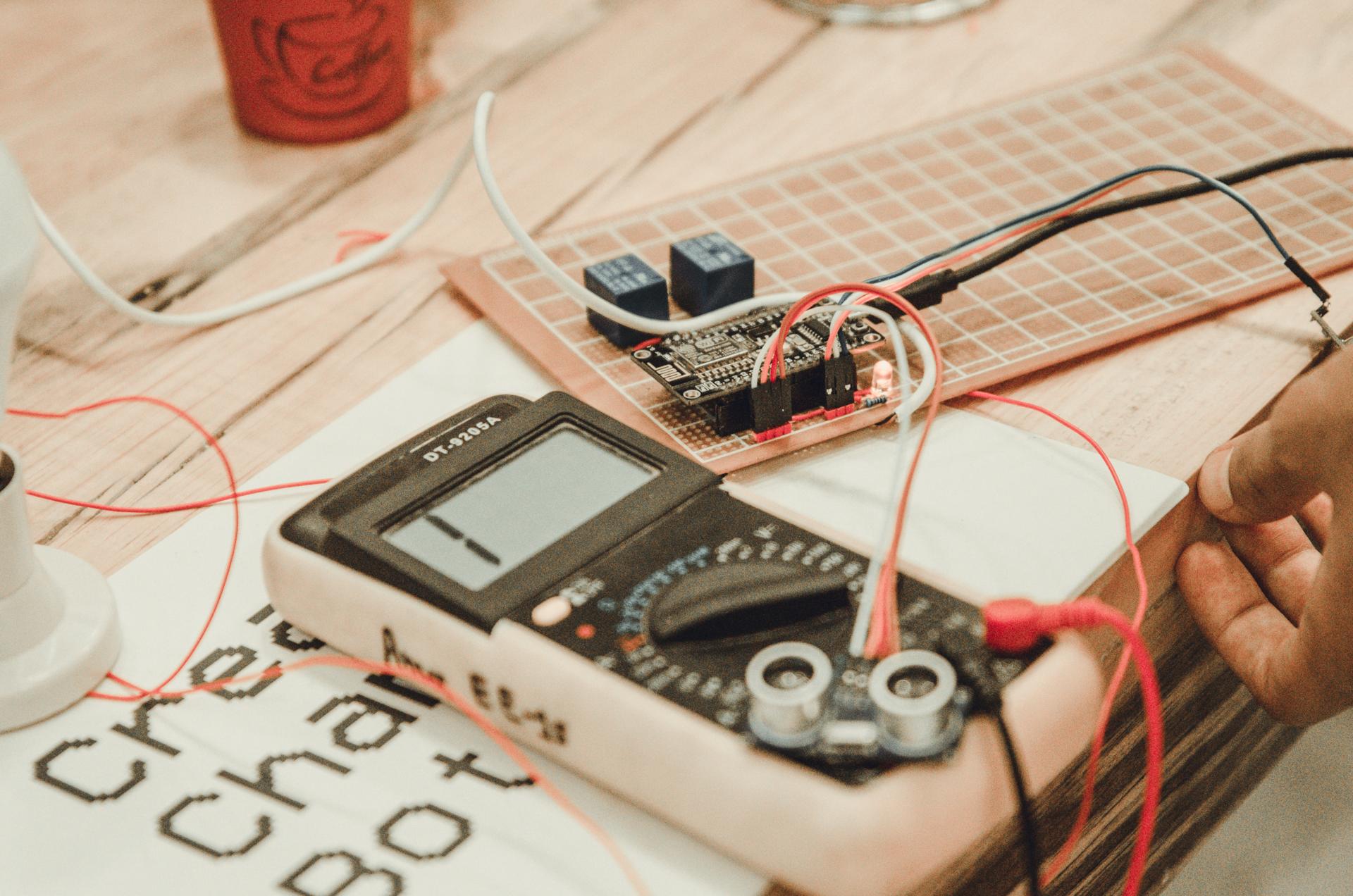Electrical Security Testing in Your House: What You Need to Know

In terms of home security, one of the primary areas to consider is the safety of electrical wiring. Testing for electrical safety is the procedure of testing the electrical system within your home to make sure that it is safe and in compliance with the latest standards. In this article we’ll give you information on what electrical safety testing are, what tools you’ll require to conduct them, the best method to perform the tests, and what warning signs you should be aware of.
What is an Electrical Safety Test?
An electrical safety test is the procedure of examining the electrical system inside your home to make sure it’s safe and functioning properly. Safety tests for electrical appliances are crucial as they can prevent electrical accidents and fires, and ensure the longevity the electrical systems you have.
Tools Needed for an Electrical Safety Test
To conduct an electrical safety test you’ll need some essential tools. These include a voltage tester, a continuity tester, a circuit tester, along with outlets tester. The voltage tester is used to look for live circuits, while the continuity tester checks for broken circuits. Circuit testers are used to look for wiring issues as well as outlets testers are used to check for wiring issues at the outlets. It’s important to use these tools correctly to get accurate results.
How to Conduct an Electrical Safety Test
To conduct an electric safety check in your home take these steps:
Shut off the power supply to the circuit you’re trying to test.
Utilize the voltage tester to check for live circuits.
Make use of this continuity tester to test for broken circuits.
Make use of the circuit tester to check for electrical faults.
Utilize the tester for outlets to look for electrical problems within the outlets.
During the testing process Be sure to check for evidence of wear or damage on the wiring for example, damaged or frayed wires, burn marks and loose wires. If you spot any problems, it’s important to address the issues as soon as you can to avoid potential hazards.
Signals of electrical problems to Look Out For
There are a variety of warning signs that could indicate electrical problems in your house. These include flickering lights frequently tripping the circuit breaker and crackling or buzzing sounds emanating from outlets, hot or discolored outlets, and a burning smell. If you spot any warning indicators, you must take action immediately to avoid potential electrical hazards.
Conclusion
Tests for electrical safety are vital for ensuring the safety of your home and family. By performing regular tests and fixing any issues quickly to avoid any potential dangers to your electrical system and prolong the life of your electrical system. If you need help with electrical testing or repairs do not hesitate to call Electricians of Papakura. Our experienced team can offer you expert advice and support. Contact us via 0800 570 085 to schedule an appointment or request a quotation.
FAQ Section
When should I do an electrical safety test at my home?
We recommend conducting electrical safety tests at least once per year.
Can I conduct an electrical safety test on my own , or do I require a professional?
Although it’s possible to conduct tests for electrical safety yourself however, it’s advised to employ an expert to ensure the accuracy of results and avoid potential hazards.
Which are the top common electrical problems that can be found in an electrical safety check?
The most frequent electrical issues that are discovered during a safety test are faulty wiring, overloaded circuits, and outdated electrical systems.
What should I do if I discover a problem in the electrical safety test?
If you discover a problem in the electrical safety test it is important to act immediately. This could include making contact with a professional electrician to fix the problem, or replacing faulty equipment.
